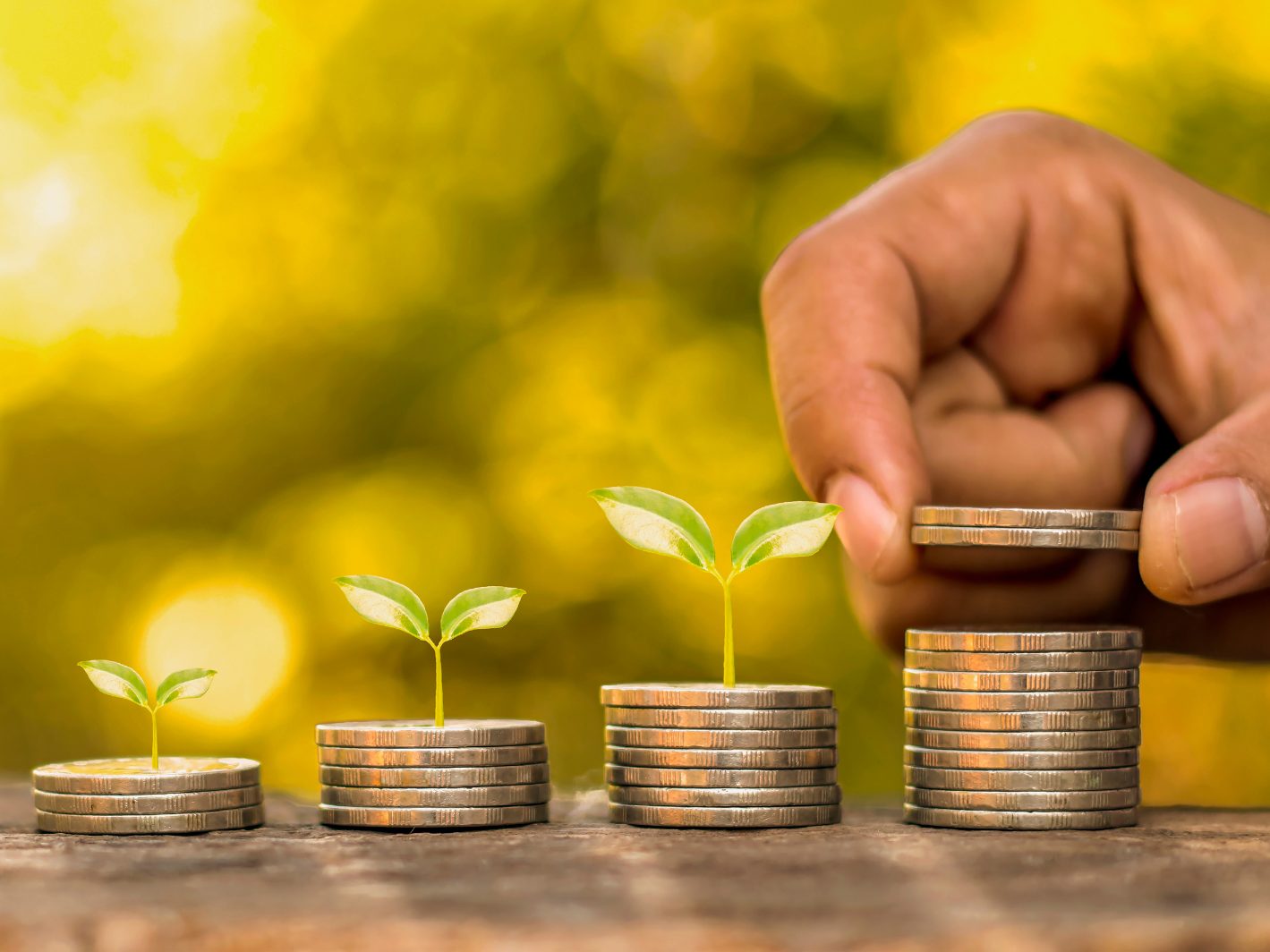IHS Predicts "Moderate Growth Potential" Until 2029

After the years of the pandemic and high inflation, we are now in a "consolidation phase," Bonin said on Thursday during the presentation of the medium-term economic forecast in Vienna. Due to the comparatively low growth, the growing population will not fare better economically, and stabilizing public finances will be more difficult.
Due to the lower economic growth compared to other Eurozone countries, Austria is "slowly falling further behind" from a high level, warned the director of the Institute for Advanced Studies (IHS). The real gross domestic product (GDP) is expected to grow by an average of 0.9 percent per year from 2025 to 2029 in Austria, compared to 1.3 percent in the Eurozone. From 2015 to 2019, annual economic growth in Austria averaged 2 percent, while from 2020 to 2024, it was only 0.3 percent due to the crisis.

After Two Recession Years, Mini-Growth Expected in 2025
"Domestic demand and exports are picking up slightly, but the ongoing structural problems at home and the difficult, uncertain international environment are dampening the growth rate," according to the medium-term forecast. After the recession years of 2023 and 2024 in Austria, the IHS forecasts a mini-economic growth of 0.1 percent for this year. In the coming years, however, the domestic economy is not expected to ignite a growth turbo according to the forecast. The IHS expects an increase in economic output of 1 percent in 2025, +1.3 percent (2027), +1.2 percent (2028), and +1.1 percent (2029).
IHS Chief Bonin appeals to the government of ÖVP, SPÖ, and NEOS to focus more on the production potential of the domestic economy. "Austria needs a productivity offensive. This also attracts investments." A "demand-oriented qualification" is necessary, including an efficient successor model for the abolished educational leave, according to the IHS Chief. Employees and the unemployed should also be placed in the "best possible job" according to their qualifications. In the areas of education and the labor market, "new technologies" should be better integrated. State subsidies should be more effective, and the division of labor in the public sector should be more efficient.
"Erratic US Tariff Policy" Burdens Austria's Economy
The main reasons for "the moderate growth rate" are seen by economic researchers as "the deteriorated competitiveness of the Austrian economy and the difficult international environment, for example, due to the erratic US tariff policy." The US tariffs imposed so far could reduce Austria's economic output by 0.2 percent this year and by 0.1 percent in 2026, according to the current model simulation of the IHS. The simulation is based on the currently applicable US import tariffs of 10 percent for all EU exporters, 25 percent for European car manufacturers, and 50 percent for aluminum and steel producers.
If the 30 percent tariff threatened by US President Donald Trump for EU companies were actually implemented, it would mean a GDP decline of 0.3 to 0.4 percent in the first year, said IHS economist Michael Reiter. The expert recommended a differentiated trade policy for the EU and not equally high retaliatory tariffs on all US goods categories. However, the US is more negatively affected by its own trade policy than the EU. IHS economic researchers estimate GDP losses for the US due to the current tariff policy at 0.5 percent in 2025 and 0.7 percent in 2026.
In recent years, economic and geopolitical uncertainty, high energy and financing costs, as well as significantly increased unit labor costs have led to a decline in investments in Austria. For the coming years, IHS expects real gross fixed capital formation to rise again. Private consumption is also expected to pick up in the coming years and reach the growth rates of the years 2015 to 2019. Additionally, exports are expected to grow noticeably again by 2029, but not nearly at the growth pace of the 2015 to 2019 period.
Inflation Expected to Decrease, Labor Market "Robust"
After the record inflation years of 2022 and 2023 in Austria with 8.6 percent and 7.8 percent respectively, and the decline to 2.9 percent in 2024, inflation is expected to remain at 2.9 percent this year according to estimates. For the period 2025 to 2029, IHS forecasts an average increase in the consumer price index of 2.3 percent per year. The European Central Bank (ECB) aims for an inflation rate of 2.0 percent in the medium term.
The labor market situation is developing "robustly despite a prolonged recession, even though employment has stagnated since mid-2023 and the unemployment rate has slowly increased," according to IHS. Economists expect the unemployment rate to decrease from 7.5 percent this year to 6.2 percent in 2029. "With a return to a moderate growth path and further supported by a demographically induced significantly dampened increase in the labor supply, unemployment is expected to decline again from next year," the forecast states.
However, the economic researchers see "significant downside risks" for their economic forecast. The economic policy of US President Donald Trump and geopolitical tensions would lead to high uncertainty internationally. "Further tariff increases and a weakening of the rules-based international trading system could dampen global trade and industrial production even more," according to the IHS economists.
(APA/Red)
This article has been automatically translated, read the original article here.





